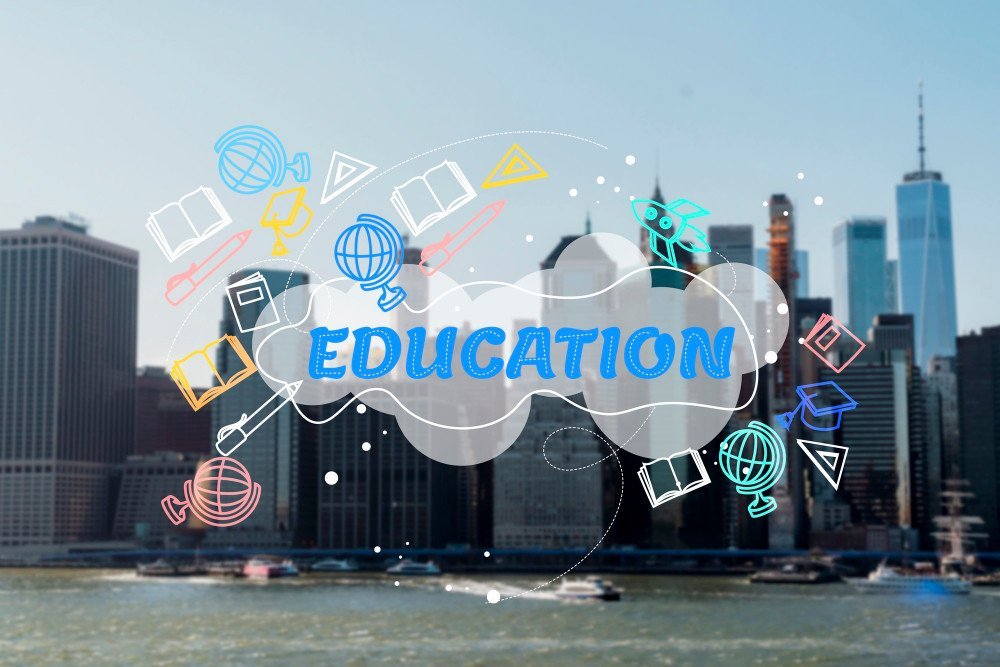The Future of MOOCs (Massive Open Online Courses)
In a rapidly evolving world, the way we acquire knowledge and skills has undergone a significant transformation. One of the most notable developments in education over the past decade has been the rise of MOOCs (Massive Open Online Courses). These digital platforms have revolutionized the way we learn, offering accessible and flexible education to millions of people worldwide. In this blog post, we'll explore the present landscape and the promising future of MOOCs.
The MOOC Revolution
MOOCs emerged as a response to the growing demand for accessible, affordable, and flexible education. They provide a wide range of courses across various disciplines, allowing learners to choose what they want to study at their own pace. The popularity of MOOCs can be attributed to several key factors:
1. Accessibility: MOOCs are open to anyone with an internet connection, breaking down geographical barriers and making education accessible to people from all walks of life.
2. Affordability: Many MOOCs offer free courses, while others charge a fraction of the cost of traditional education. This affordability has democratized education, allowing more people to access high-quality content.
3. Flexibility: MOOCs offer flexibility in terms of scheduling. Learners can access course materials and lectures at their convenience, making it easier to balance education with work and other commitments.
4. Diverse Course Offerings: MOOC platforms like Coursera, edX, and Udemy offer an extensive range of courses, from computer science and business to art and humanities. Learners can choose courses that align with their interests and career goals.
The Future of MOOCs
As we look ahead, the future of MOOCs seems promising, with several trends and developments on the horizon:
1. Increased Personalization: MOOC platforms are integrating artificial intelligence (AI) to provide more personalized learning experiences. This means that courses can adapt to individual learners' needs, offering customized content and assessments.
2. Credentialing and Certification: MOOC providers are partnering with universities and organizations to offer accredited certificates and degrees. This trend is likely to continue, making MOOCs a viable path to formal education.
3. Skill-Based Learning: The job market is evolving rapidly, and employers are placing a higher value on specific skills. MOOCs are responding by offering short, skill-focused courses and micro-credentials that can quickly boost learners' employability.
4. Enhanced Interactivity: MOOCs are becoming more interactive, with features such as virtual labs, peer assessments, and discussion forums. This makes online learning more engaging and collaborative.
5. Global Outreach: MOOC platforms are expanding their global reach, with courses available in multiple languages and tailored to different cultural contexts. This will help bridge educational gaps worldwide.
6. Integration with Traditional Education: Many universities and colleges are incorporating MOOCs into their curricula, allowing students to blend online and in-person learning.
Conclusion
MOOCs have come a long way since their inception, and their future looks brighter than ever. With the potential for increased personalization, credentialing, and global outreach, MOOCs are poised to continue transforming education. As the world continues to change, these platforms will play a vital role in equipping individuals with the knowledge and skills they need to succeed.
If you're eager to explore the world of MOOCs and expand your horizons, visit MyDearStudents.com for a curated selection of courses across a wide range of disciplines. The future of education is here, and MOOCs are leading the way.





